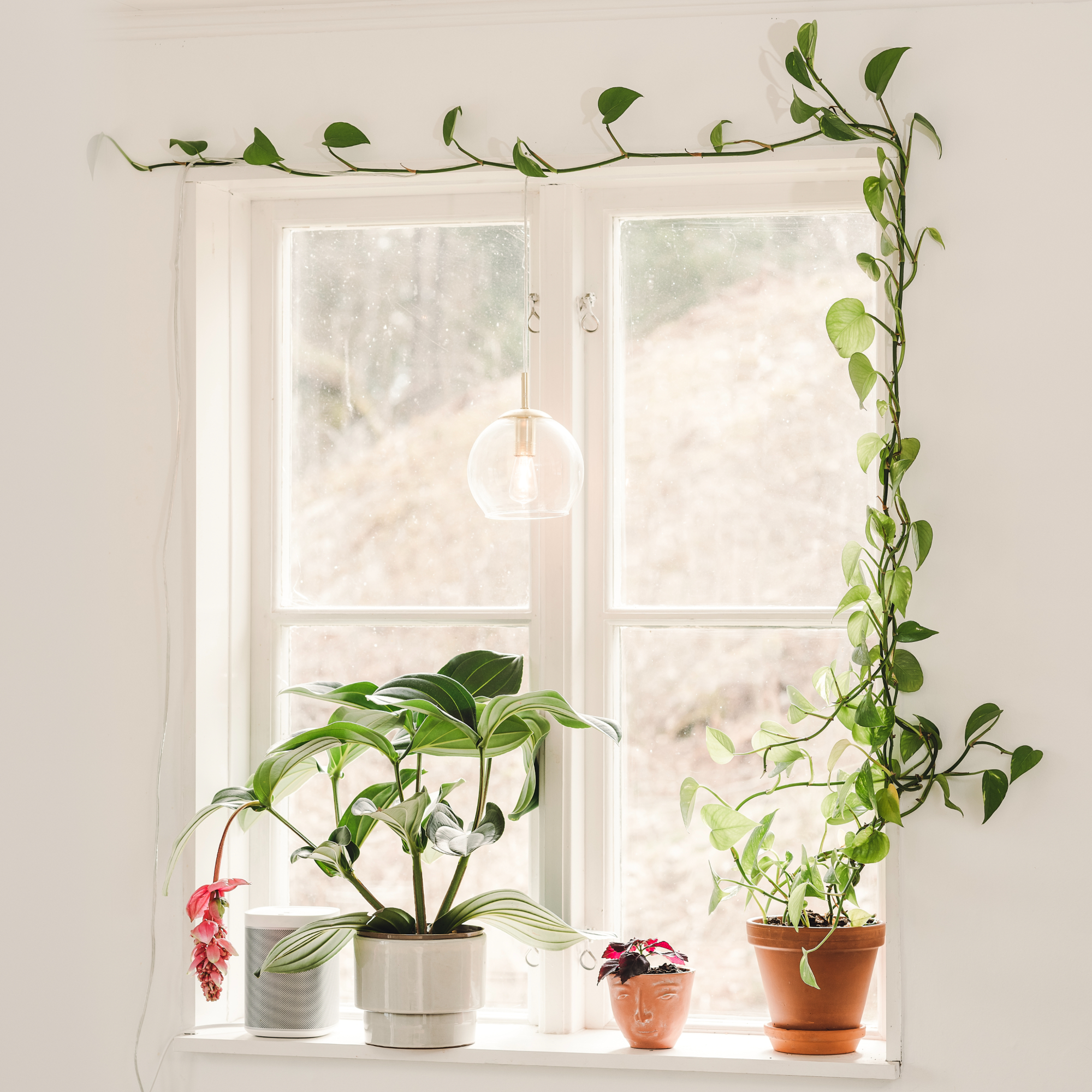
If you're an avid plant parent, then it's likely that you have a couple of climbing plants in the mix. Knowing how to train climbing plants is a precious tidbit of knowledge to have up your sleeve – especially if you've been keen to spruce up your front garden ideas and hop on the train of learning to grow Wisteria in pots to relive your own Bridgerton fantasy.
From updating your garden fence ideas to jazzing up a bare wall in your home, it certainly pays to aid your green companions further so they can bloom and look even lusher for the summertime.
'Climbing houseplants are an easy way to add even more greenery to your interiors, whether they are brightening up a dull corner or creating a striking statement with a living wall,' starts Kate Lindley, product manager at Baby Bio.

How to train climbing plants – the best way to train climbing plants
'There are lots of different varieties to choose from for those starting out, but Monstera, Pothos, Tradescantia and Philodendron are some of the most popular and easiest to train,' starts Kate. 'They are also fast growers, too!'
As well as those climbers, Peter Ivanov, plant and gardening expert at Fantastic Gardeners also suggests certain varieties of clematis, sweet peas, or morning glories as these plants are more tolerant and more likely to thrive, even if you have minimal to no experience.
If you've already got these plants in your collection and have already been hard at work propagating Monstera and keeping your plants healthy, then ensuring you train them once the time is right is the next step to ensure their successful growth and development.
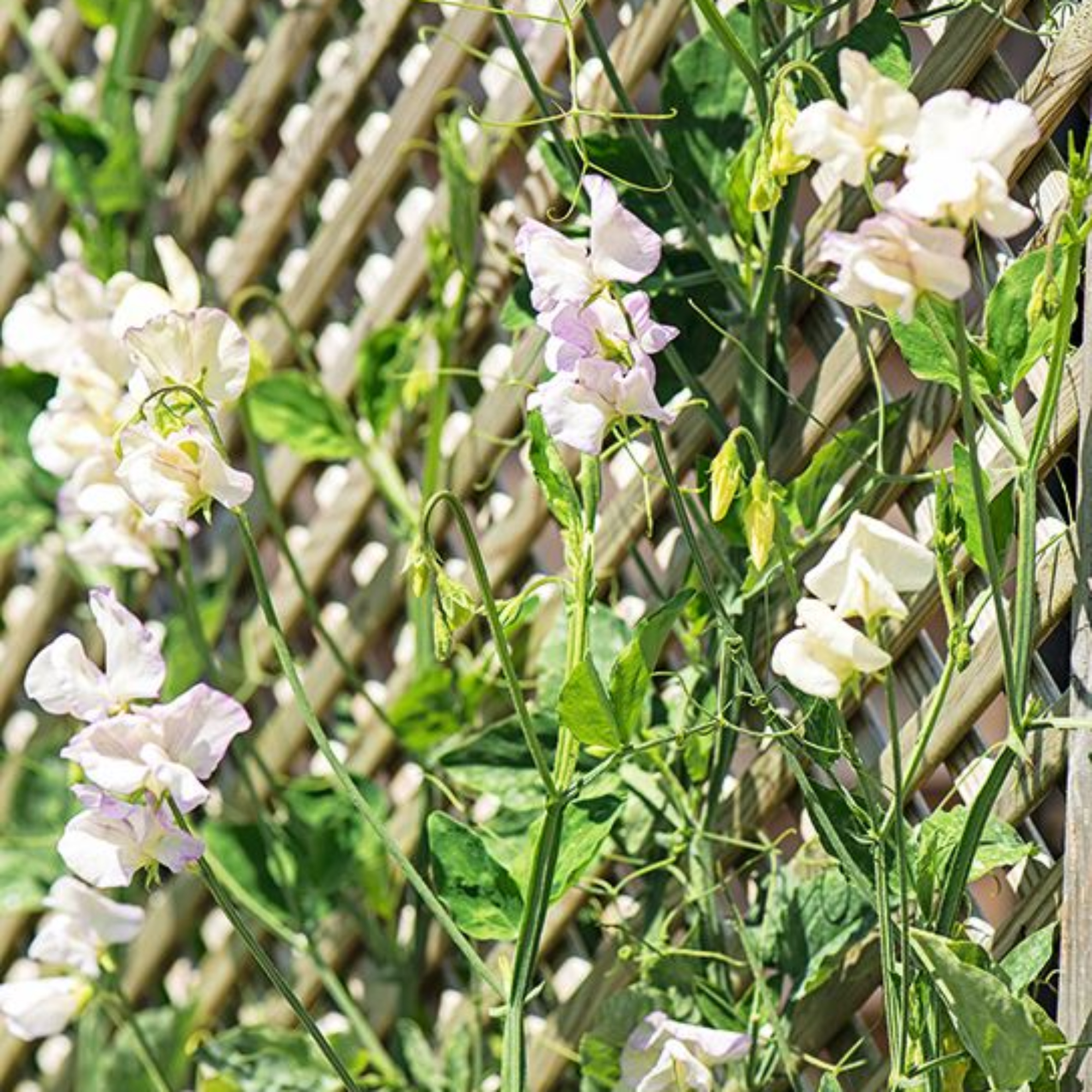
'The easiest way to begin the training process is by adding a moss pole to your pot. This will mimic the mossy bark texture that most plants would climb in their natural environment, allowing aerial roots to wrap around it and grow upright,' advises Kate.
'It is worth noting that if you are adding a moss pole or stake to a plant, it is best to do this at the same time as repotting, to avoid damaging its root system.'
'Another top tip for moss poles that many overlook is to ensure it is kept moist. If it is allowed to dry out completely, the aerial roots won't take to it as quickly, if at all. Spritzing with water every couple of weeks should do the trick!'
You could even opt for a garden trellis if you're working with outdoor plants, which will not only help support your plants but also zhuzh up any outdated, boring garden.
Alternatively, you can opt for other gentle techniques that won't damage the plants.
'Soft ties made of cloth or twine are great for securing the stems to the support (such as the moss pole or stake) and avoid using anything that can hinder the plant as it grows,' advises Peter.
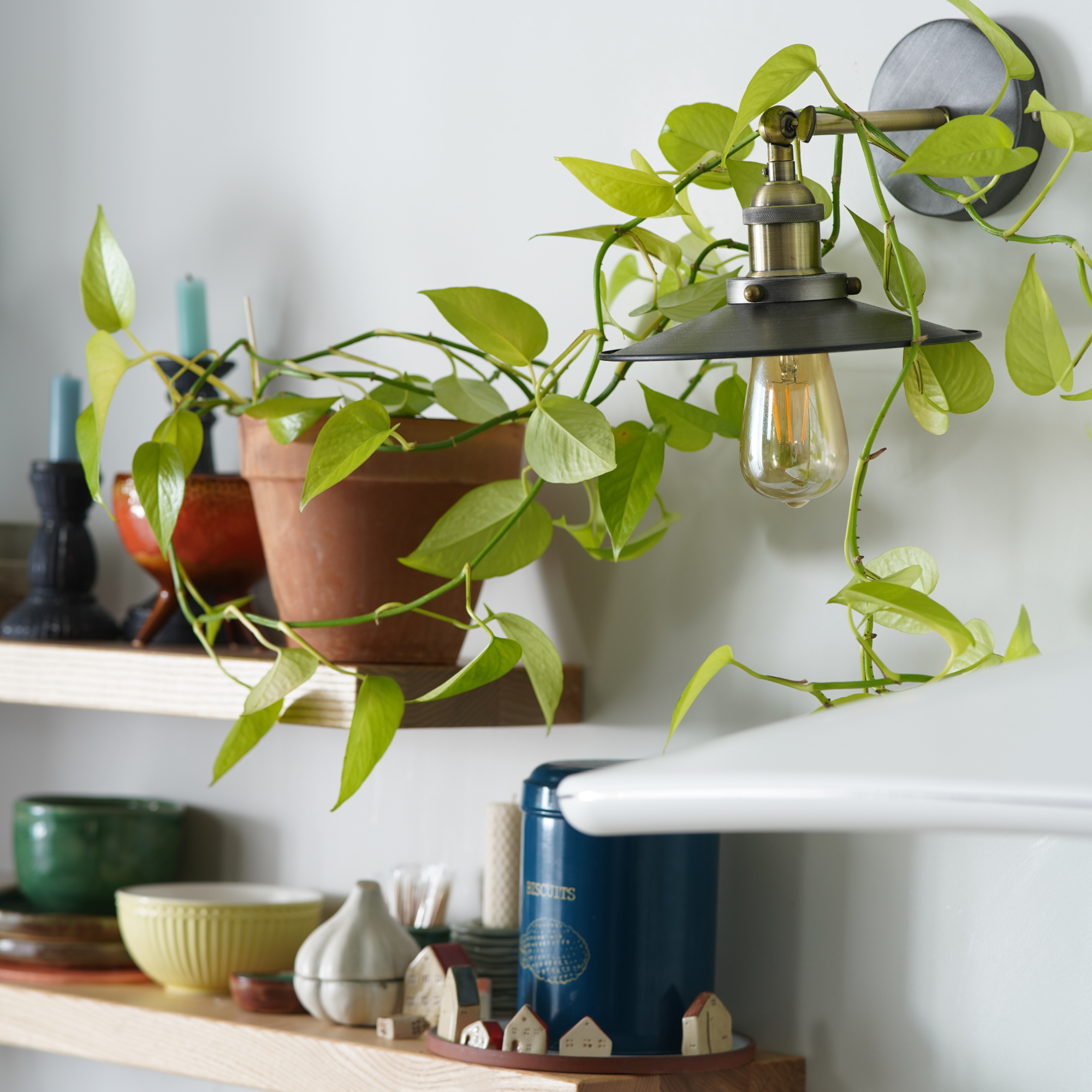
Peter adds, 'Check on your climbing plants regularly to guide their growth and encourage them to climb in the direction you want by gently guiding their stems toward the support. Doing this frequently will prevent them from going off-track and becoming disorderly.'
'Finally, most climbers will head toward the sunlight, so don't plant them in direct light as a shadier spot will encourage them to creep out in search of more sun,' warns Kate. 'Of course, every plant has different requirements, so make sure you do some research first!'
When is the best time to start training climbing plants?
'The timing for training climbing plants is very important for their successful growth and development,' starts Peter. 'They can cover the surface they're growing on very quickly and, because of that, careful training will make sure that they become attractive and stay healthy while still being easy to maintain.'
'Generally, the best time to start training your plants is early spring just before the active growth season begins, as this will give them maximum time to establish,' explains Kate.
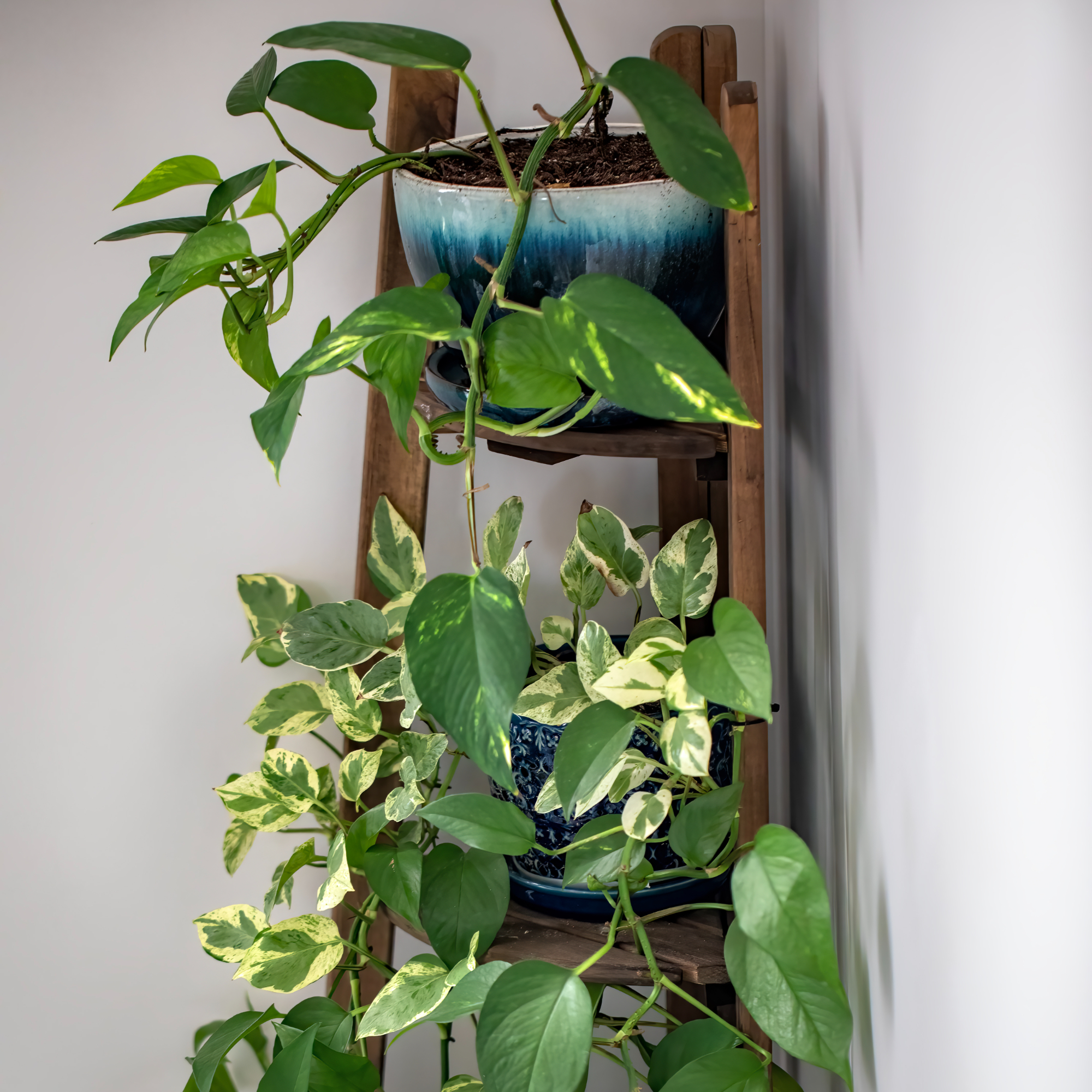
'You can also train your houseplants throughout the summer, but keep in mind that the later you leave it in the season, the shorter time a plant will be actively growing. It's usually best to avoid autumn and winter, as most species become dormant and won't be putting out energy until springtime.'
Peter adds, 'Regardless of the time of year, it's typically better to start training climbing plants when they're young, because this allows you to shape them as they grow, reducing the need for extensive pruning later on.'
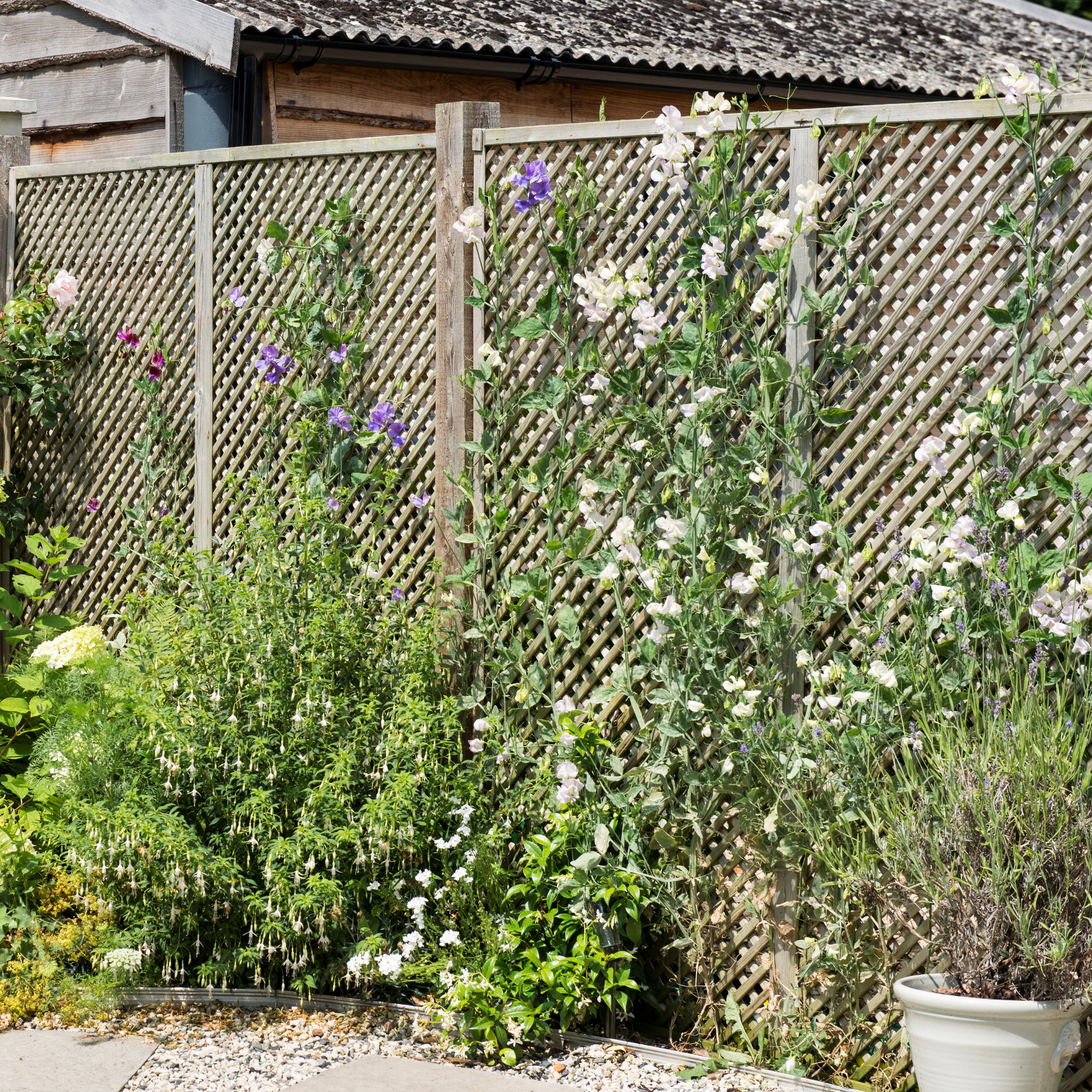
Do climbing plants need a trellis?
Climbing plants don't need a trellis, per se, but they can help to make training easier.
'Before training, make sure you also have a sturdy and appropriate support structure in place, such as a trellis, arbour or fence,' advises Peter Ivanov at Fantastic Gardeners.
'Keep in mind that the support should be able to bear the weight of the mature plant as well. Besides that, be gentle when training them and use soft ties or twine to secure the stems to the support, avoiding any damage to the plant.'







